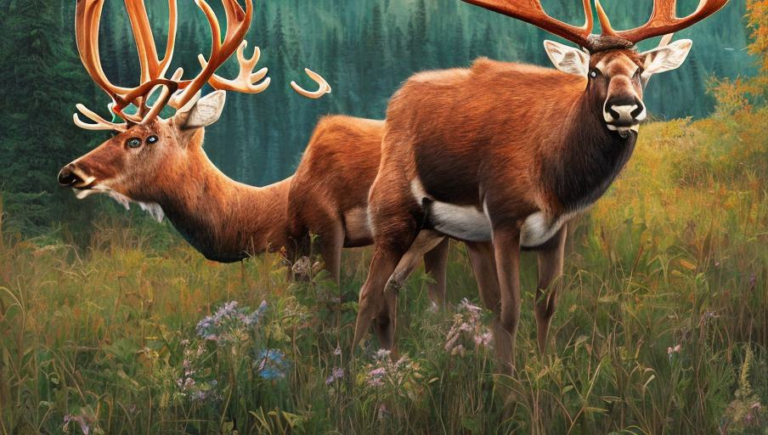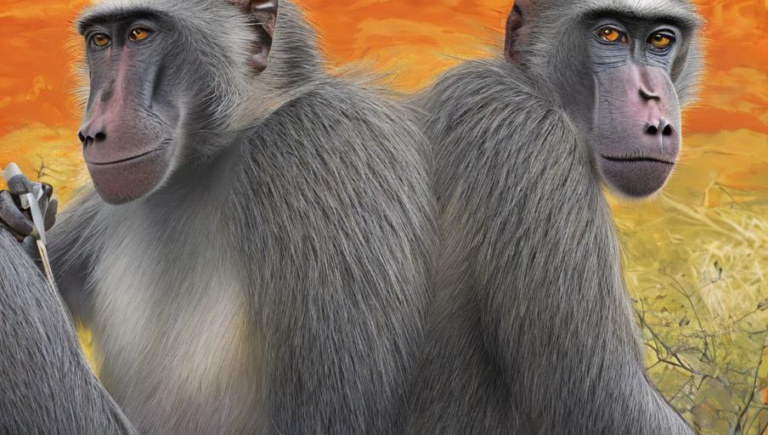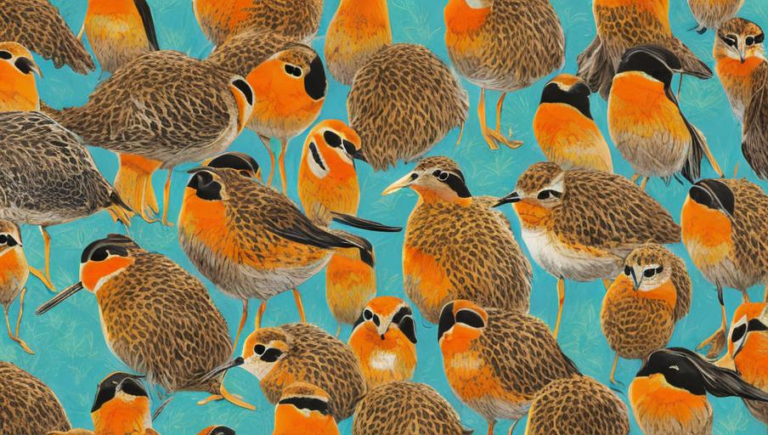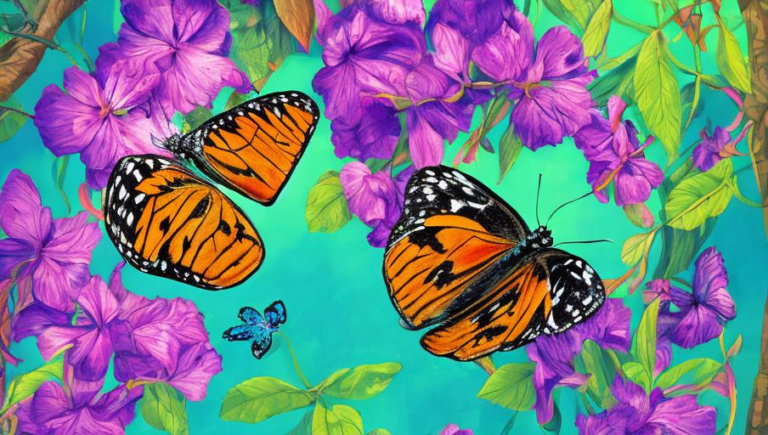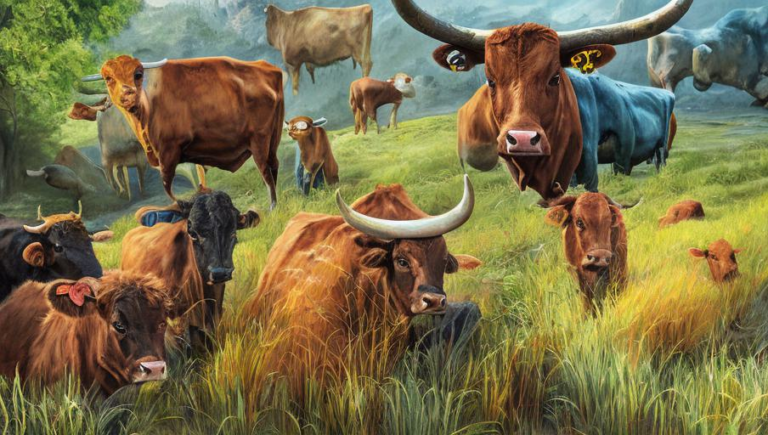How Caterpillars Grow and Change
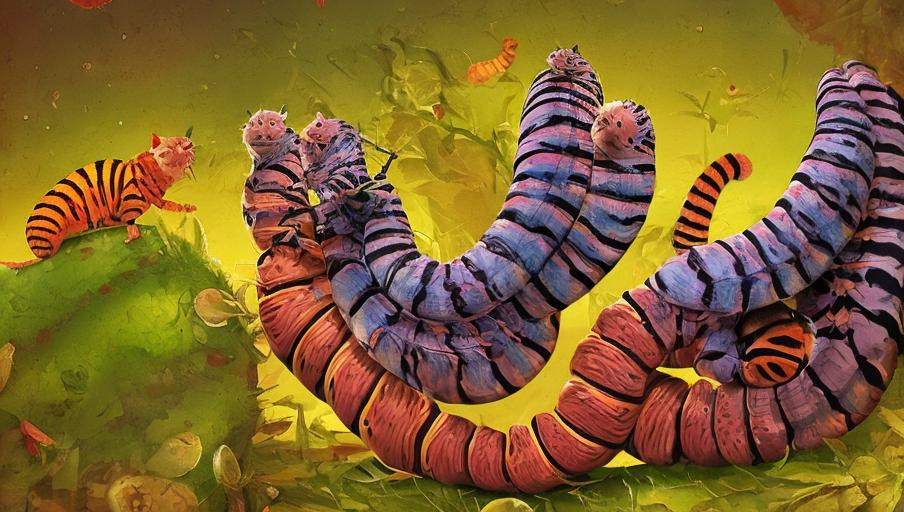
The Life Cycle of a Caterpillar
Caterpillars are the larval stage of moths and butterflies, and they have one of the most fascinating life cycles of any insect. The caterpillar hatches from an egg and begins to feed almost immediately. Once it has gained enough strength, it will molt, or shed its skin, several times before reaching its full size. At this stage, the caterpillar is ready to pupate, or form its chrysalis, and begin its transformation into a butterfly or moth.
The Caterpillar’s Diet
Caterpillars are voracious eaters and can consume up to four times their own weight in a single day. They feed on a variety of plants, including leaves, fruits, and even flowers. Caterpillars are able to digest the plant material and extract the nutrients they need for growth and development. As the caterpillar grows, it must molt several times in order to shed its old skin and accommodate its new size.
Caterpillar Defenses
Caterpillars have several methods of defending themselves from predators. Many species have brightly colored and patterned bodies, which can act as a warning to predators. Other species have spines, hairs, or other bristles that can irritate predators. Some caterpillars even release a foul-smelling liquid to repel predators.
The Transformation to a Butterfly or Moth
When the caterpillar has reached its full size, it will go through a process known as pupation. During this process, the caterpillar will form a chrysalis, or protective shell, around itself. Inside the chrysalis, the caterpillar undergoes a remarkable transformation. The caterpillar’s body breaks down and is rebuilt as a butterfly or moth. After the transformation is complete, the butterfly or moth will emerge from the chrysalis and begin its adult life.
The Importance of Caterpillars
Caterpillars play an important role in the environment. They are an important food source for many species of birds, reptiles, and other animals. They also act as pollinators for flowers, which helps to maintain the balance of plant life in an ecosystem. Finally, they are essential in the life cycles of many species of moths and butterflies.
By understanding the life cycle and importance of caterpillars, we can better appreciate the beauty and complexity of the natural world.

